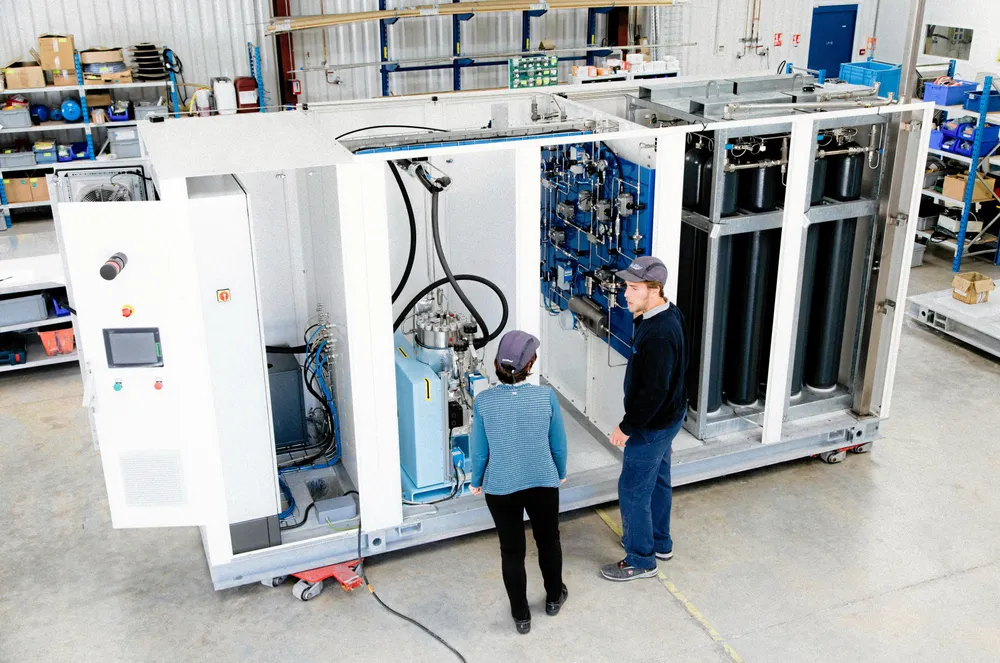Hydrogen electrolyser manufacturing capacity on track to be twice as high as demand by 2025: WoodMac
Race to supply gigawatts of announced green H2 projects is leading to more machines than the market can handle, analyst says

Race to supply gigawatts of announced green H2 projects is leading to more machines than the market can handle, analyst says
